Lush and wild, Malaysia is a hodgepodge of vast unexplored jungles teeming with wildlife castaway beaches, coral reefs, and monstrous mountains waiting to be climbed.
While the cities host vibrant districts, colonial architecture, and traditional strongholds of different ethnicities and religions: the country’s hinterland is home to granite peaks, remote tribes and jungles of orang-utans.
There’s so much to explore here and so many adventures to be had in this tropical nation. Yet the entire country has somehow slipped off the well-trodden trails across South East Asia.
For some reason, every traveler I know flocks to Thailand or Vietnam, perhaps even Singapore these days. Some expats go on city breaks to Kuala Lumpur. But few really take time to explore the country’s raw wilderness that’s surprisingly in abundance here in Malaysia.
It could be the negative news of political corruption and isolated terrorist activity? Or attacks from pirates and insurgents? Or perhaps the natural disasters that strike this country from time to time?
Regardless of the reason, Malaysia is a rare find in the backpacker hub of Southeast Asia. Just veer off the well-trodden path a little, and you’ll find misty tea plantations, looming mountains and miles and miles of pristine, empty beaches void of tourists. Trust me, I grew up in neighbouring Singapore and have spent so much time in Malaysia I’ve lost count of the number of trips I’ve done there!

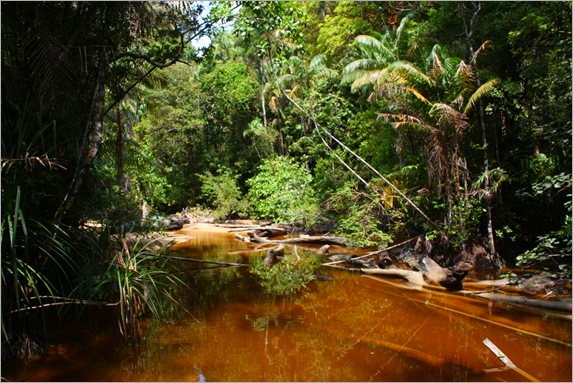
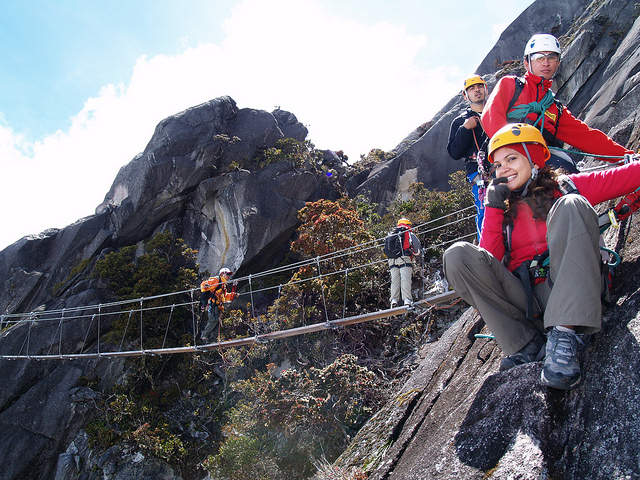
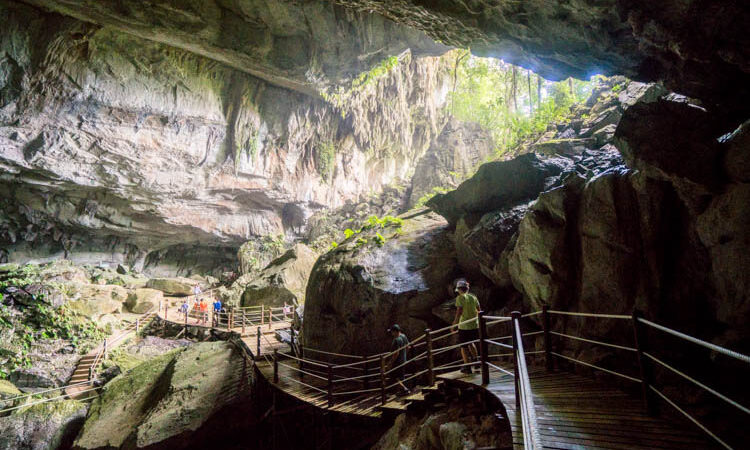

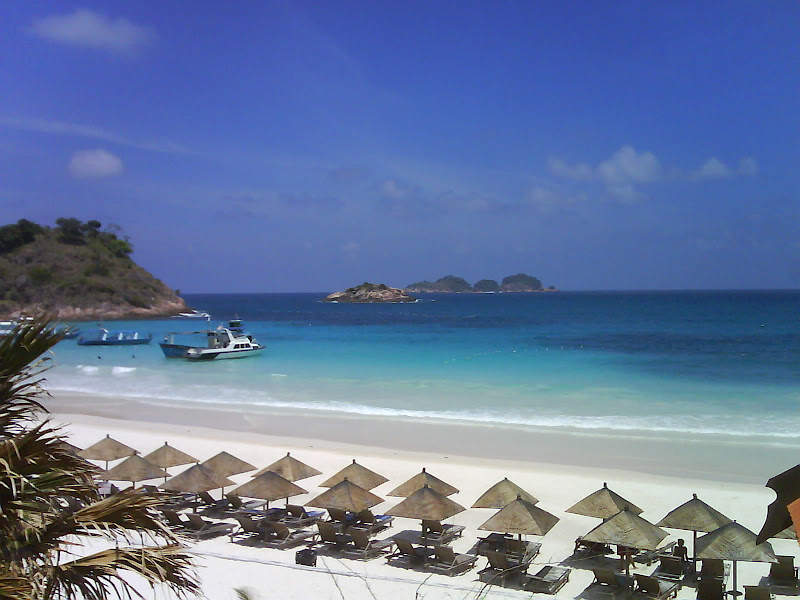
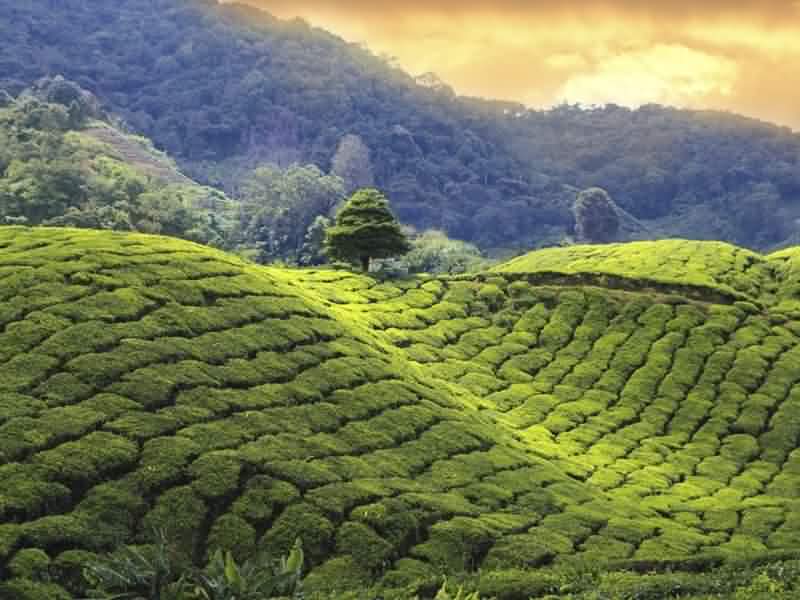

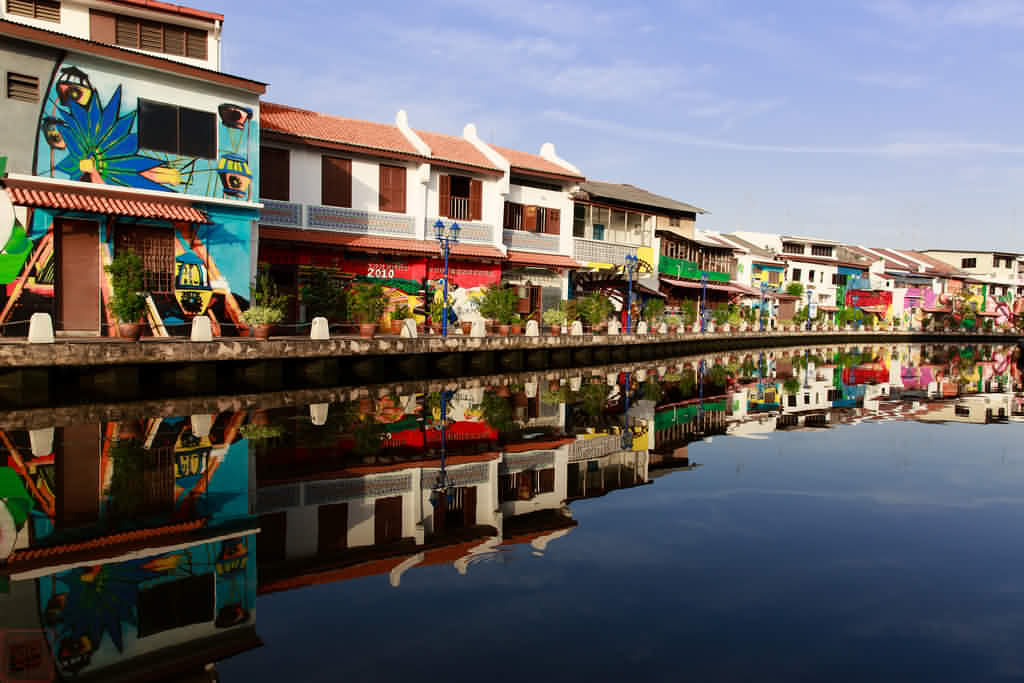
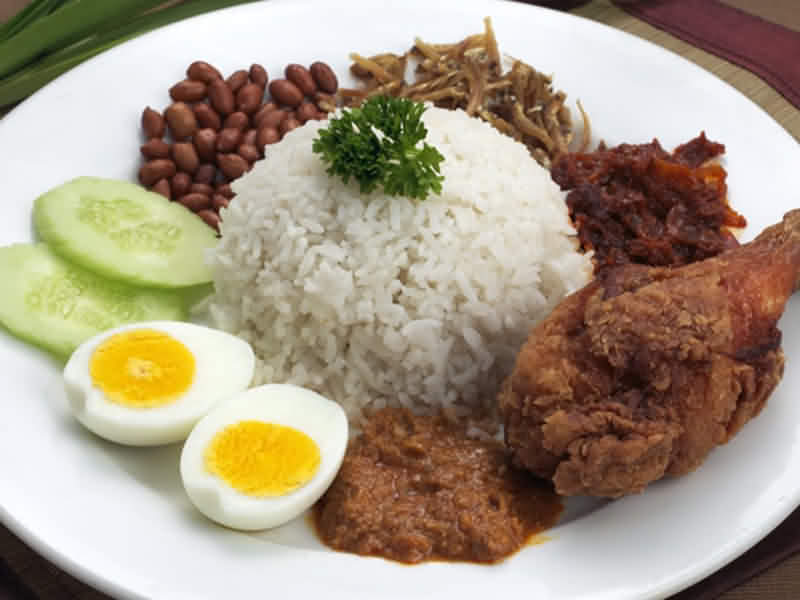




Leave a Reply
You must be logged in to post a comment.